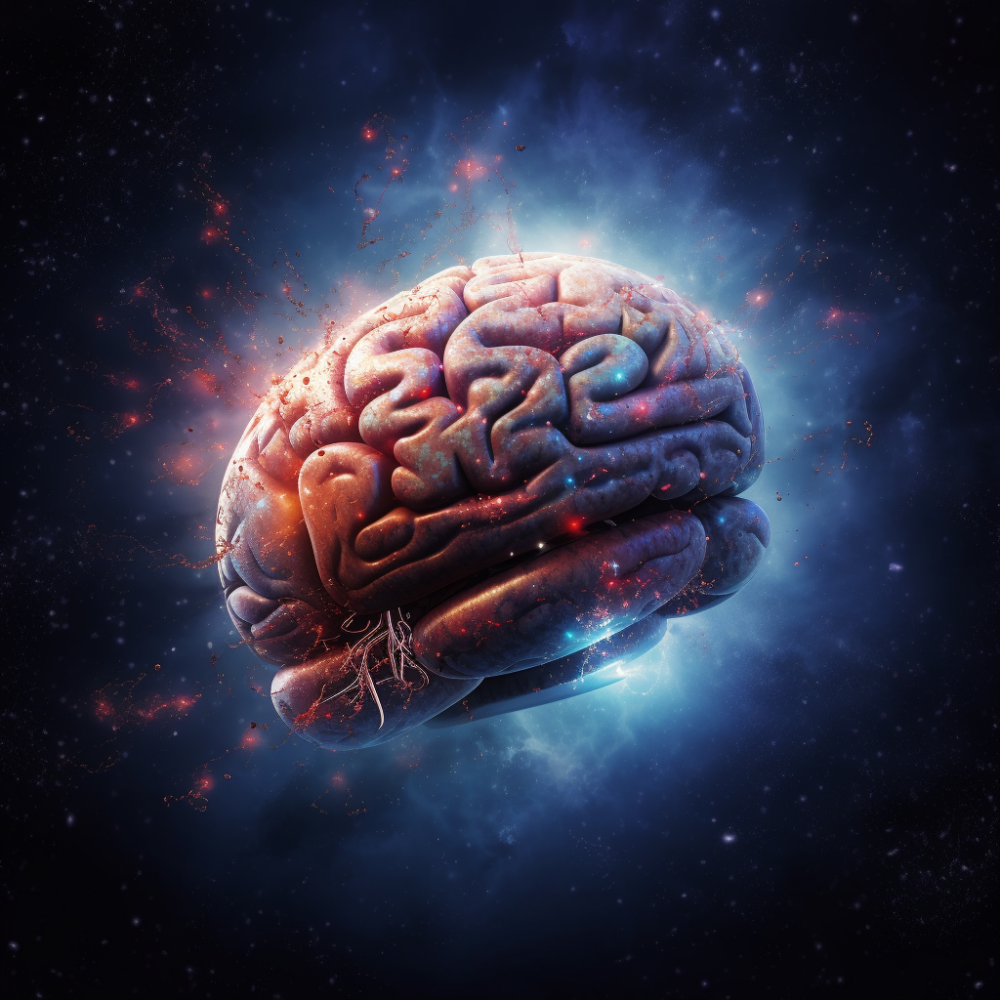ChefGPT

Wendy and I like making meals in our slow cooker, not least because it means they are hot and ready when we get home from work. We’ve got a few books of slow cooker recipes, but we’ve always struggled with two aspects:
- Recipes typically require 6-8 hours of cooking, whereas we’re typically out of the house for around 12 hours. We could use a timer to delay the start of cooking, but having ingredients sitting at room temperature for 4-6 hours before cooking begins seems risky. We often ended up with overcooked food.
- Possibly because of the above, we found that the food we made often ended up being quite watery and bland.
In an end-of-year round-up somewhere—I can’t remember where, but I suspect it may have been in The Financial Times—I read a suggestion that 2024 would be the year of restaurants promoting their use of recipes generated by artificial intelligence. I don’t believe this, but it inspired me to ask ChatGPT about slow cooker recipes.
Over the course of a conversation where I set out my requirements, ChatGPT generated a recipe for a chicken curry. I asked many follow-up questions about things like substitute ingredients, the need to do most of the prep the night before, and my strong preference for avoiding wateriness, leading to ChatGPT iterating on the recipe.
Earlier this week, we made the curry, our first dinner generated by artificial intelligence. It turned out beautifully, far better than our versions of the book recipes.
It’s an excellent example of something ChatGPT does well: explaining simple things to clueless people. Wendy and I are hardly expert cooks; being able to ask for very simple clarifications and iterations provides a much better experience than trying to work it out ourselves from a static list of instructions.
We’ll probably use the same process again to expand our repertoire.
This isn’t a cookery blog, but if you’re interested, this is the current version of our ChatGPT chicken curry recipe. I think this is the first recipe I’ve posted in the twenty years I’ve been blogging, despite dedicating a chunk of my academic life to the topic!
Ingredients
- For the marinade:
- 500g boneless, skinless chicken thighs
- 75g Greek-style yoghurt
- 1 tbsp tikka masala paste
- 1.5 tbsp bottled lemon juice
- For the curry:
- 150g frozen diced onions
- 2 tsp jarred chopped garlic
- 2 tbsp ginger paste
- 1 tbsp tomato paste
- 1/3 tsp ground cumin
- 1/3 tsp ground coriander
- 1/3 tsp paprika
- 1/3 tsp turmeric
- 1/3 tsp garam masala
- 1 Knorr chicken stock pot
- 60ml single cream (to add at the end)
Method
- Marinate the chicken:
- Combine the Greek-style yoghurt, tikka masala paste, and lemon juice in a bowl.
- Add the chicken thighs, ensuring they’re well coated.
- Refrigerate overnight.
- Prepare the slow cooker:
- Place the frozen diced onions, jarred chopped garlic, and ginger paste in the slow cooker.
- Add the marinated chicken along with any leftover marinade.
- Spread the tomato paste over the chicken.
- Sprinkle with the spices (cumin, coriander, paprika, turmeric, and garam masala).
- Add the chicken stock pot.
- Cook:
- Cover and set your slow cooker to low. Cook for 12 hours.
- Finishing Touches:
- Stir in 60ml of single cream about 10-15 minutes before serving.
- Serve:
- Serve the Chicken Tikka Masala with rice, naan bread, or your preferred sides.
- Serve the Chicken Tikka Masala with rice, naan bread, or your preferred sides.
The image at the top of this post was generated by DALL·E 3. A better blogger would have taken a photo of the meal, but I was too hungry.
This post was filed under: Post-a-day 2023, Artificial intelligence, ChatGPT.




